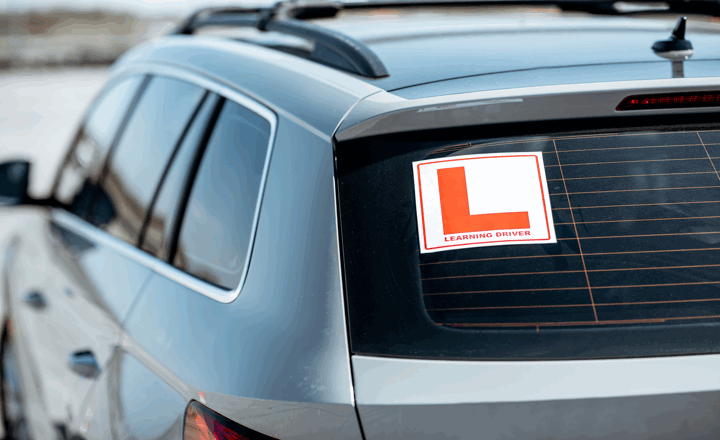The practical driving test is usually the most difficult test for people who want to get their driving license.
There are many details to control, details that once we drive with ease, we will end up internalizing and mastering without paying much attention to them.
But while we are learning to drive and to circulate, they can become difficult.
You must keep in mind that all the mistakes you can make in the practical driving license test are not of the same seriousness, there are different types of faults in the driving test.
It is best to be well prepared for the test.
The better you master the driving and circulation, the more possibilities you have of not committing any type of fault to obtain the driving license.
Even so, it is important that you know the types of faults that exist in the driving test, so that you can keep a mental control of which ones you have been able to make.
This way you will be able to focus on trying not to commit those that could result in the loss of the test.
Currently the driving test is failed with any of these combinations of faults: 1 eliminating fault, 2 deficient faults, 1 deficient fault and 5 minor faults, or 10 minor faults.
If you want to prepare yourself well for the practical driving test and take it with the best chances of success, come to our driving school, our professional teachers will teach you to drive in an effective, efficient and very safe way.
You can book your practical classes from our website and get the best training for your driving license.
Most common faults in the practical driving test
Slight fault
Minor offenses are those that do not pose an obstacle or danger to the circulation of other vehicles.
These faults are the ones that you can accumulate throughout the test, since they are not serious.
Some minor offenses that are frequently committed are those related to not correctly checking the general condition of the vehicle or its systems, having an incorrect posture while driving or a bad grip on the steering wheel, not properly adjusting the rear-view mirrors, not properly putting on the seat belt before starting to drive, not properly looking at the mirrors while driving, using an inappropriate speed, stopping inappropriately, etc.  As we can see there are many ways to get a minor foul during a practical driving test, most of them are not very dangerous, so you can continue with the test, but you have to be careful not to accumulate many, as you will end up failing if you exceed the limit of minor fouls allowed.
As we can see there are many ways to get a minor foul during a practical driving test, most of them are not very dangerous, so you can continue with the test, but you have to be careful not to accumulate many, as you will end up failing if you exceed the limit of minor fouls allowed.
Deficient fault
Deficient offenses are all those behaviors or non-compliance with the rules that hinder, significantly impeding the movement of other vehicles, or preventing it directly.
Non-compliance with traffic signs and signals are also considered deficient offenses.
Provided that they do not constitute an eliminating fault, and behaviors that affect the safety distances.
A moment where many deficient faults are usually given is in the incorporation to the circulation, since the circulation of other vehicles or pedestrians can be obstructed.
Special care must be taken with these maneuvers, performing them with extreme care and at appropriate speeds, without taking too long.
Another typical deficient fault is usually at the time of circulating, when not taking the lane that corresponds to us and hindering with it the correct circulation of the rest.
Of course, not giving way to pedestrians at pedestrian crossings is another deficiency that is often given in practical driving license exams.
We must be careful and pay close attention at all times and not get carried away by nerves.
We must take the test as if it were just another class and focus on driving. 
Missing elimination
The eliminatory offenses are those that are considered behaviors or breaches of the rules and that pose a danger to the safety of the driver or other road users.
Failure to comply with signals that are considered serious or very serious infractions are also considered eliminatory offenses.
You have to take into account that with only one of these faults you will fail the exam.
Once again, you must be careful at the beginning of the exam, when entering the traffic, not to make a sudden maneuver or brake abruptly.
We must also be very careful with pedestrians and not put them in danger at any time.
If we exceed the speed limit by more than 30 kilometers per hour, it will be considered an eliminating offense.
As well as not maintaining safe distances with pedestrians and cyclists on the road.
Overtaking, lateral displacements, intersections or changes of direction are the moments in which greater care must be taken.
An error in these maneuvers can pose a danger and we will be eliminated immediately.


